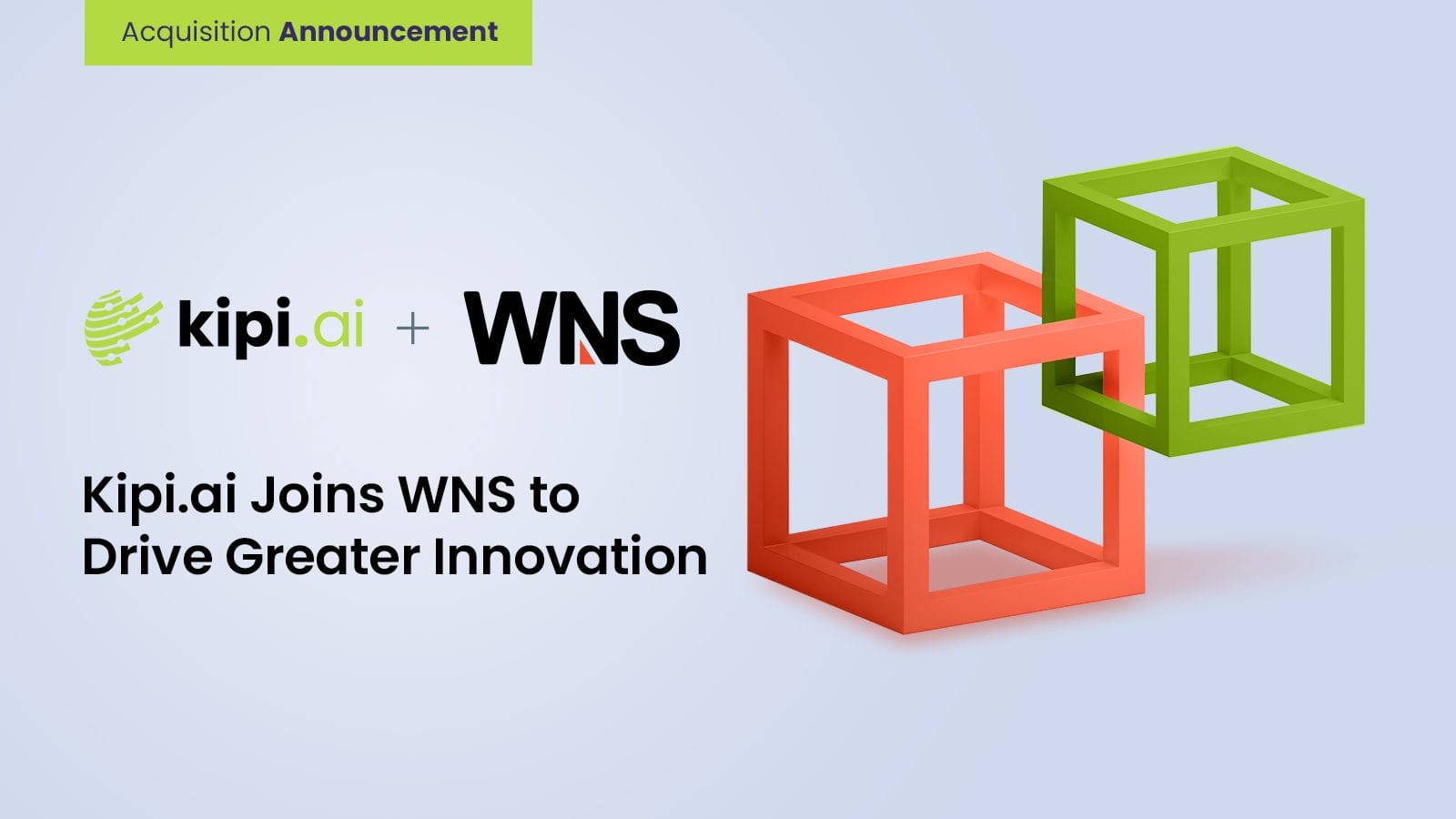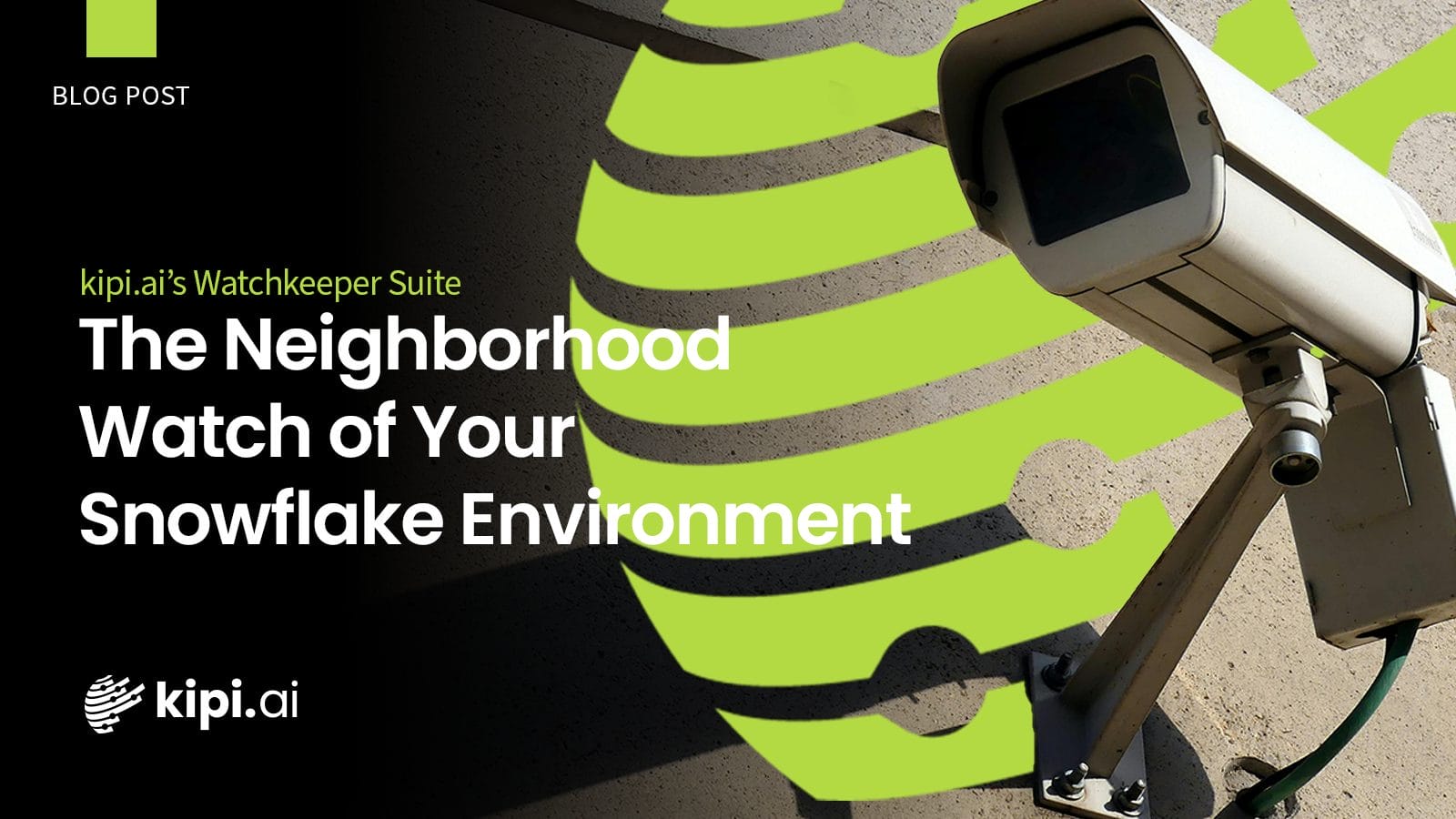Author: Panga Karthik Co-Authors: Vivek Kanna Jayaprakash, Twinkle Viswanathan, Rahul Goyal, and Tejaswini R
Accidents Happen
Manufacturing organizations face significant obstacles to human safety that can impact costs, reputation, employee morale, turnover, and operational continuity. Noncompliance with safety regulations can lead to substantial penalties. In the complex and dynamic manufacturing environment, implementing predictive analytics and data-driven strategies is crucial for effective preventive safety measures.
Proposed Solution
- Leverage Snowflake’s Capabilities: Utilize Snowflake’s robust data storage and processing capabilities to develop a machine learning system designed to predict and forecast worker safety occurrences, thereby enhancing workplace health and safety.
- Incident Reduction: Aim to decrease the frequency of safety incidents by delivering predictive insights and actionable information.
- Root Cause Analysis: Analyze the factors contributing to incidents to implement preventive measures effectively. Use Snowflake’s infrastructure to build a comprehensive, full-scale machine learning solution.
- Insurance Liability Mitigation: Focus on reducing insurance liabilities by proactively managing and minimizing safety risks. Minimize your insurance liabilities.
By merging production measurements, staff data, historical occurrences, and meteorological conditions, you may acquire a comprehensive understanding of safety concerns. Machine learning will identify patterns, whereas time series techniques capture temporal trends. Actionable visualizations, real-time alerts, and interactive dashboards empower employees and decision-makers with timely and relevant information.
How do we build it?
Architecture diagram of the solution
The dataset used for building this model includes the Production data,
Sales and Outbound Logistics data, Incidents data, Historical Weather data,
Employee Headcount data and Employee Punch Hours. An ETL pipeline was built to merge all these datasets for model training.
The major drawback of this dataset was it was highly imbalanced, i.e., the number of incidents was low compared to the non-incidents. To address this, we have introduced SMOTE-TOMEK links as our sampling technique for handling class imbalances. Random Forest algorithm was used for classifying the incidents and non-incidents. Hyperparameter tuning was performed using GridSearchCV and improved the recall rate to 40% and identified true positive incidents.
The model was saved as a pickle file in a stage on a schema and was called for to make the prediction. A function was created to load the model from the stage, pass inputs from the user, and give its predictions.
How do we use it?
Screenshot of the App
In the sidebar(left pane) we have the option to choose
- The county
- The features
- Overtime hours
- Temperature
- Average tenure
- Employee count
- Humidity
- Snowfall depth
In the main pane, we have 3 important tabs
- Exploratory Data Analysis:
This tab focuses on analyzing the dataset to understand the distribution of features. This includes univariate and multivariate analysis using simple bar charts and pie charts.
- Model Inferencing:
The inference tab includes the UI to get different county, warehouse, weather, and employee details from the user. All these inputs are passed to the model to get the prediction. The final prediction which shows the probability of not having an incident is shown
- Charts:
The charts tab shows the visualizations of sales data across different warehouses, the production quantities, and the incidents in the map for easy understanding and analysis.
Future Enhancements
As we continue to refine and enhance our predictive model, our immediate focus has been on estimating the probability of safety incidents based on historical and current data. This foundation is crucial, but our vision extends far beyond the present capabilities. Looking forward, we plan to incorporate advanced forecasting techniques to predict key variables such as weather patterns and staffing levels. By integrating these forecasts with our existing model, we aim to build a comprehensive classification system that not only predicts the likelihood of incidents but also anticipates conditions where incidents are unlikely to occur. This forward-looking approach will enable us to proactively implement safety measures, further minimizing risks and enhancing overall workplace safety in the manufacturing sector. Our ultimate goal is to provide a dynamic, data-driven tool that empowers organizations to stay ahead of potential hazards, ensuring a safer and more resilient operational environment.







